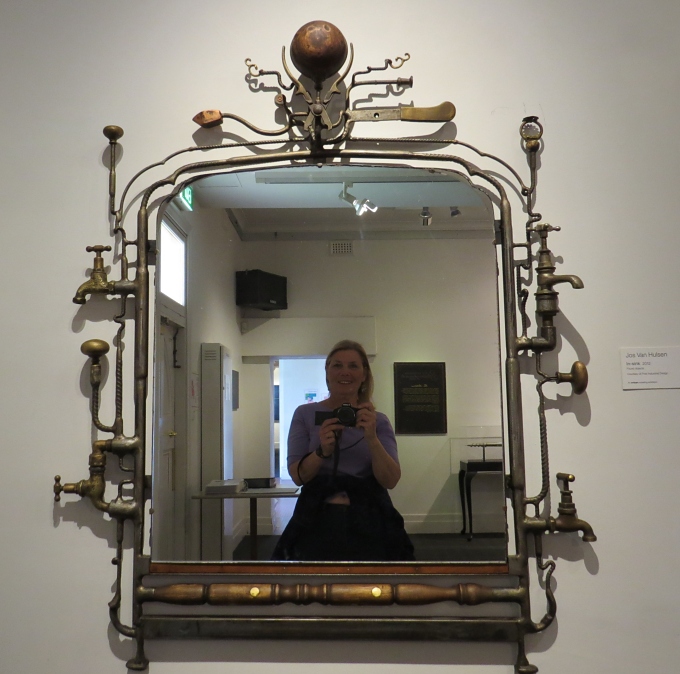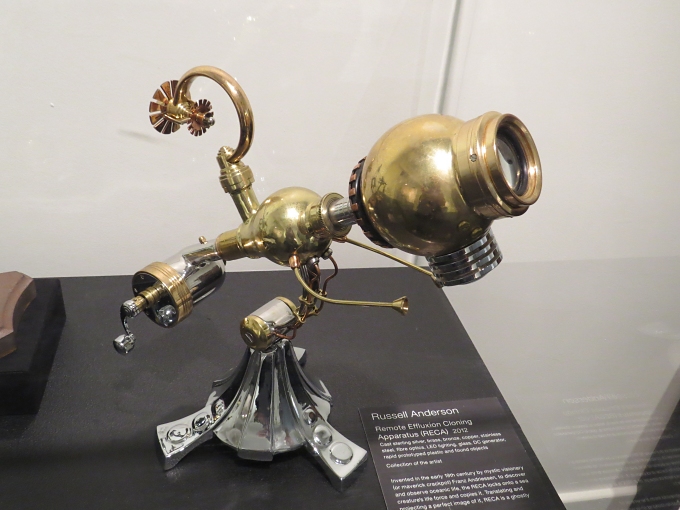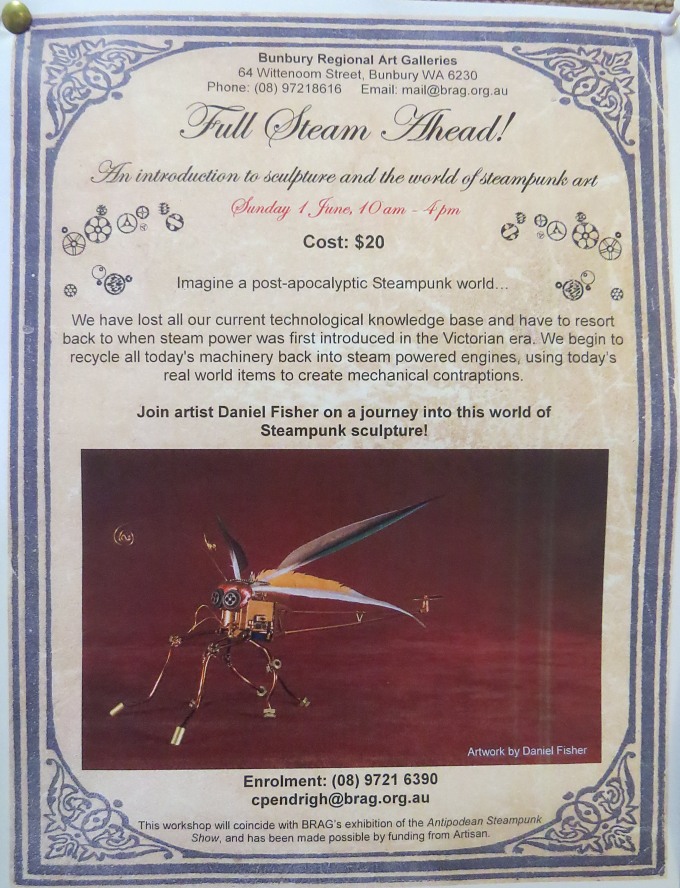Bunbury...City of Three Waters
/We've sufficiently recovered from our Steampunk exploits of yesterday to give you a feel for Bunbury, Western Australia. Located about 110mi/175km south of Perth, it's the third largest city in Western Australia (Perth and Mandurah are #1 and #2). That said, it's not a metropolis by any means. The population is ~35,000 people and you can easily walk from one end of the city to the other without breaking stride. It's called the City of Three Waters because it is surrounded on three sides by water … the Indian Ocean, lovely Koombana Bay (where we're anchored) and the Leschenault Inlet.
We were able to tie up our dinghy at a small, out of the way spot, on a very convenient wharf at the Marlston Waterfront. The walk to the Visitor's Center was only about 10 minutes along the foreshore where we also found a large Cole's Supermarket across the street. For cruisers, this is a sweet find.
With a city map in hand, we made our way to Victoria Street, the city's main boulevard. We passed right by the Bunbury Tower aka the Milk Carton and got a different view of the building. Up close, it looked in need of some upkeep and renovation.
Victoria Street is lined with sidewalk cafes galore and all sorts of interesting shops. We sauntered along and just because of their imaginative window display, we stopped in at Afez of the Heart, which specialized in Indian, Moroccan and Mid-Eastern wares. It was hard not to love the place … so much color and beauty all in one small space. Shops like this only whet my appetite for visiting the bazaars in Morocco and Turkey and India that offer all these wonderful creations.
We wandered around aimlessly for awhile taking in the street art at every roundabout. Colorful banners touting local historic figures and upcoming events fluttered in the light breeze. There were lots of smiling people about, all seemingly enjoying themselves and the day.
We cut up a sidestreet and headed for the Marlston Hill Lookout when we happened upon the Art Galleries and the steampunk exhibit which sidetracked us for a couple of hours. We got back on track again and headed for the tower. We had seen it as we approached the port, so climbing to the top was on the list of “to-do's”. Lots of stairs and the tiniest bit out of breath later, we reached the observation deck for a rewarding 360-degree view of the city, the bay and the Indian Ocean below. That's how we managed the first pic above.
Not far away is the distinctive, black and white checker-boarded Bunbury Lighthouse. Back in 1841, a storm lantern on a wooden keg sufficed as the port's beacon. The structure became more sophisticated over the years. In 1971, a formal 27.43m/89' lighthouse was erected on the hill and painted as we see it now.
We followed a short, pleasant beachwalk to Point Casuarina and headed back into the city. The day was waning already … so much to see, so little time when you wander as we tend to do. We've already decided to stay another day in Bunbury. Let's see what tomorrow brings.

























